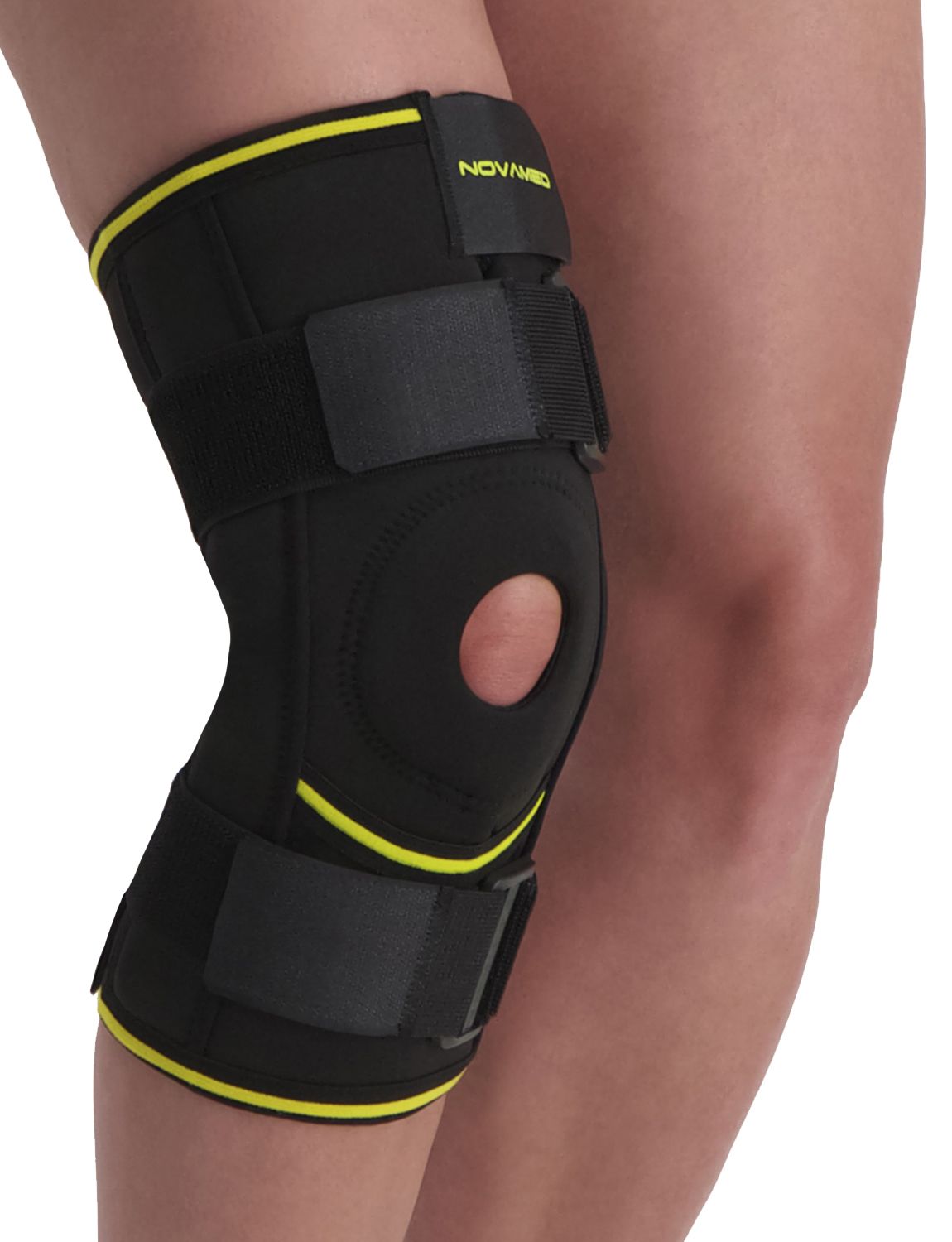Bakers Cyst
A Baker’s cyst is a fluid-filled swelling located at the back of the knee, in the knee hollow. This buildup of fluid causes the knee to appear swollen and enlarged. It’s often referred to as fluid in the knee.
A Baker’s cyst can cause discomfort or pain, especially during intensive physical activity. These cysts can occur at any age or gender, and are always benign, meaning they pose virtually no health risk. However, a Baker’s cyst should not be confused with conditions like rheumatoid arthritis, osteoarthritis, or a knee injury, where joint damage causes the knee to produce excess fluid.
What causes a Baker’s cyst?
A Baker’s cyst is caused by an overproduction of synovial fluid in the knee joint. This excess fluid may leak out of the joint capsule and form a cyst at the back of the knee, between the two muscles behind the knee joint. If the cyst bursts, it can lead to more serious issues. If you suspect a Baker’s cyst, consult your general practitioner for an examination.
What are the symptoms?
Many people with a Baker’s cyst do not experience any pain. However, some may notice:
- A visible bulge or swelling at the back of the knee
- A tight feeling when bending the knee
- Limited mobility, especially when squatting or kneeling
- Discomfort that worsens during physical activity
If symptoms occur, it's important to rest the knee and avoid straining it further.
How is a Baker’s cyst diagnosed?
A Baker’s cyst is often easily diagnosed by your doctor during a physical examination, as the swelling in the knee hollow is typically visible and palpable. If further evaluation is needed, an ultrasound or MRI scan can provide more insight and help rule out other causes of knee swelling or damage.
What treatments are available?
In many cases, a Baker’s cyst does not require immediate treatment. If it causes ongoing discomfort, one option is to drain the fluid with a needle, followed by an injection of anti-inflammatory medication. If this is not effective, surgery may be necessary to remove the cyst and seal the hole in the joint capsule using a medical mesh.
For extra support and stability, wearing a knee brace is highly recommended. A knee brace can relieve pressure, provide comfort, and support the healing process.

- Physiotherapist
- Sports podiatrist
- Manual therapist
- Podopostural therapist
- Myofascial dry needling specialist





